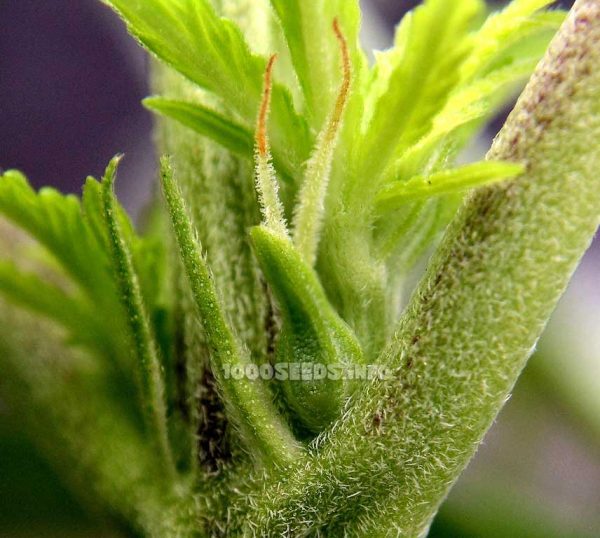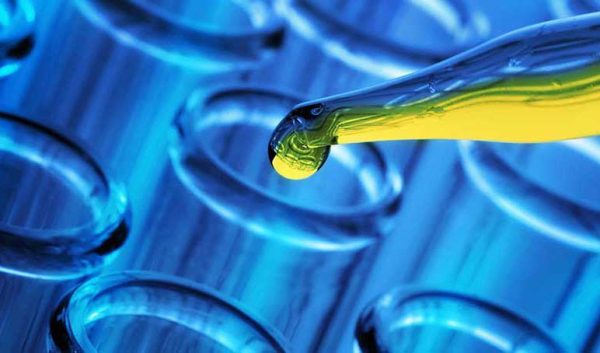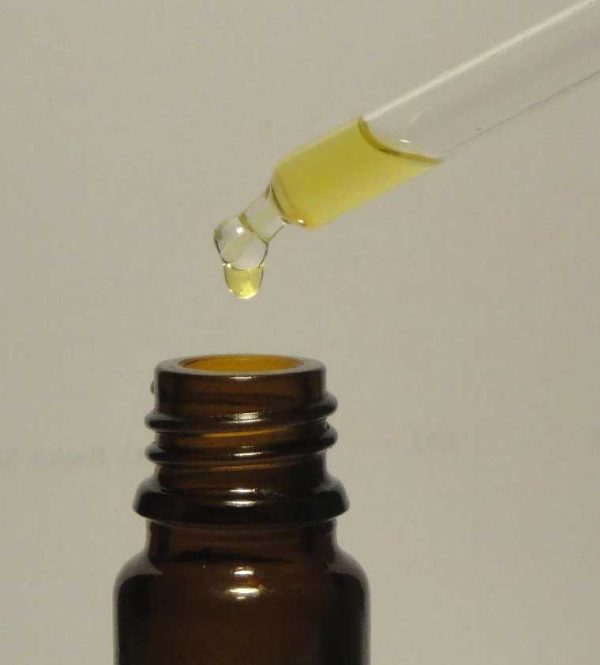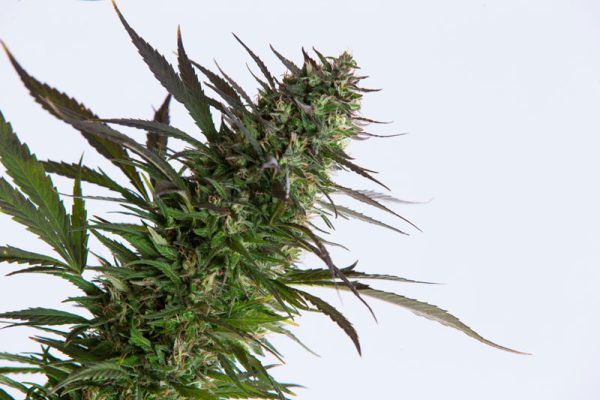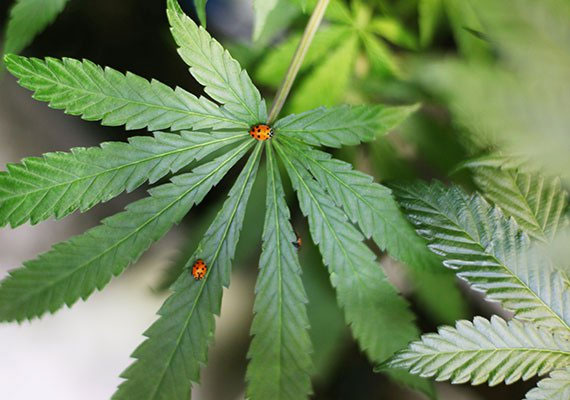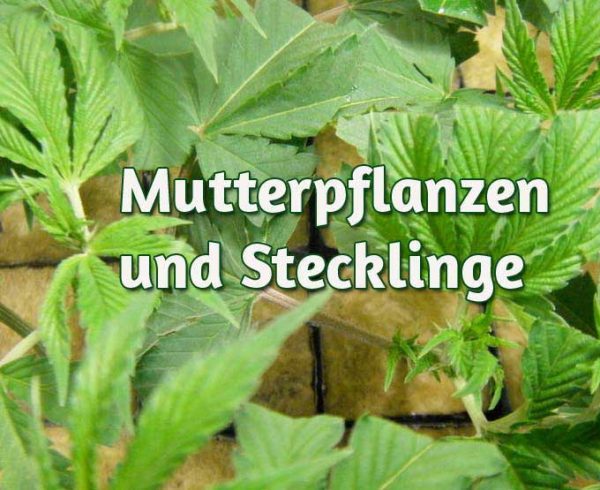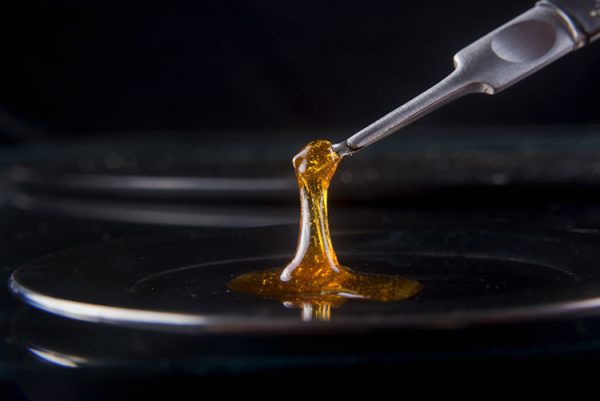Hydroponics, Aeroponics, Aquaponics - Part 4: Aeroponics
Aeroponics differs from hydroponics in that there is no longer a growing medium. The roots are constantly sprayed with nutrient solution through small nozzles. The plants stand in small pots with hydrocorrels or are fixed in the system by special devices. Aeroponic systems are usually closed-loop systems capable of maintaining a reliable, constant aerial culture. In simple systems, the roots are suspended in the nutrient solution; in high-quality and professional systems, they are sprayed through small nozzles. It is important to use special high-pressure pumps so that a strong misting occurs. This highly oxygenated nutrient solution causes the roots to grow explosively. Aeroponic systems are therefore widely used in cutting cultivation. Only a few growers use aeroponic systems in the flowering chamber so far. On the one hand, aeroponic cultivation requires a lot of expertise (aeroponics does not forgive mistakes!) and the purchase of a good and functioning system is not exactly cheap. On the other hand, aeroponics delivers the highest possible yields through the perfect supply of nutrients and oxygen and even shortens the flowering period.
![]()
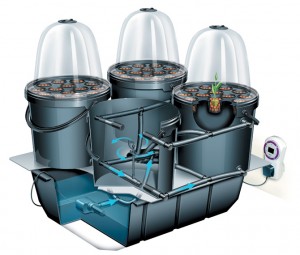
Because of the sensitive root systems, aeroponics is often combined with ordinary hydroponics, so that in the event of a failure of the aeroponic system, it acts as a backup for the nutrient and water supply and prevents the plants from dying.
Cuttings obtained by aeroponics can be used for other types of cultivation without any problems. Conversely, only aeroponically grown cuttings should be used for an aeroponic grow, as the sudden "water shock" causes wet-feet disease. This causes growth to stop for a week or more, and some plants do not recover properly at all. Even more important than with hydroponics is the sufficient supply of oxygen to the nutrient solution in aeroponics cultivation, this is done via bubbling stones/oxygen pumps in the tank. The temperature of the nutrient solution should always be between 18 and 20° C. It is therefore recommended to install the tank outside the grow room.
The pH and EC values must of course be checked regularly and adjusted if necessary. For perfect results, the pH value should be 6.0 at the beginning and is continuously lowered to 5.6 until the end of flowering.
- Reduce thepH value continuously from 6.0 to 5.6during the growing process.
Für die optimal Nährstoffaufnahme sollte weiches Wasser (Härtegrad < 14 dH) verwendet werden. Am besten eigenen sich hierfür Osmoseanlagen, die den Härtegrad des Leitungswassers erheblich senken. Es gibt mittlerweile spezielle Dünger für hartes Wasser, die einen ähnlichen Effekt haben.
- Water hardness necessarily less than 14 dH
The addition of enzymes and microorganisms to the nutrient solution is also very important. These ensure that dead root residues are broken down and thus prevent the formation of germs and fungi within the system. A complete and careful cleaning of the system is therefore necessary after each pass. Diluted chlorine bleach, for example, can be used for this. Afterwards, everything is rinsed again thoroughly with clear water.
![]()
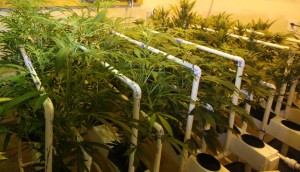
One of the main advantages of aeroponics is that it requires much less water and energy than hydroponics. In addition, germs and pests can hardly or not at all take root when used properly.
-> continue to: Hydroponics, aeroponics, aquaponics - Part 5: Aquaponics







